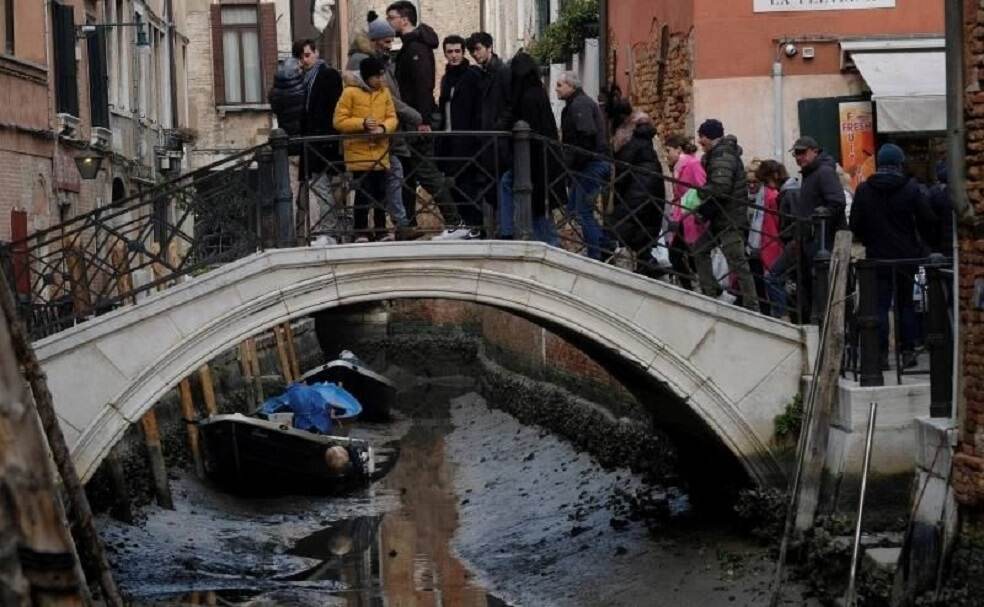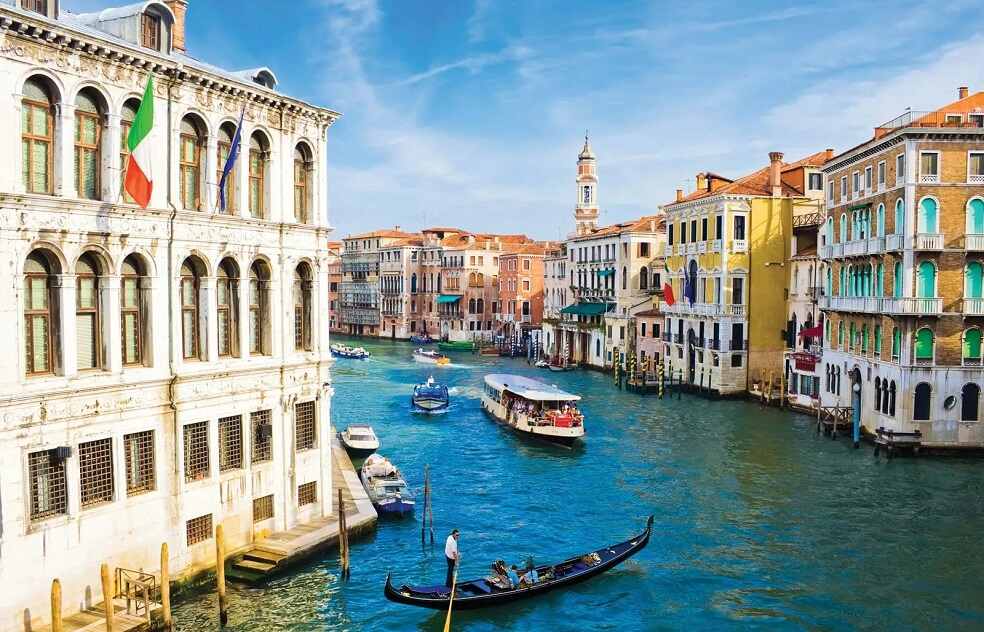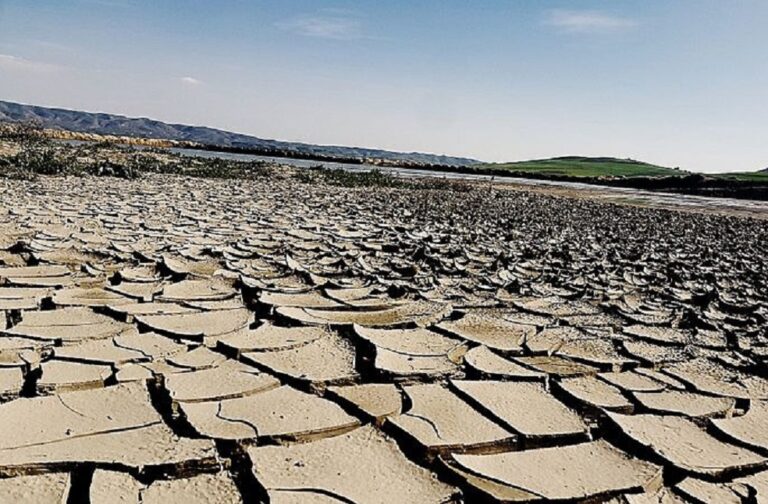Italy: After a winter with little snowfall, it is more likely than ever that Italy will experience another terrible drought. As Venice struggles with dry canals, a walkway in Lake Garda is exposed.
In contrast to the Alps, where snowfall has been less than half typical, Lake Garda in northern Italy has had record-low water levels, allowing people to stroll across an exposed path to the island of San Biagio. Lack of water raises concerns about hydropower, drinking water supply, and crop yields.
However, exceptionally low tides are making it impossible for gondolas, water taxis, and ambulances to navigate parts of the iconic canals in Venice, which is located on the northeast coast and is often more worried about flooding.

Together with a lack of precipitation, a high-pressure system, a full moon, and sea currents are also being held responsible for the issues in Venice. Following a severe drought last year that forced Italy to declare a state of emergency for vital agricultural areas near the Po river, this winter has been exceptionally dry.
At some hydropower reservoirs, half the water vanished and olive trees wilted. While certain areas of Italy have already recovered, the European Drought Observatory reports that some areas in the north are still experiencing drought due to a lack of rain and dry soils.

The Legambiente environmental group reported that the Po, Italy’s longest river that flows from the Alps in the northwest to the Adriatic, has only around one-third as much water as usual for this time of year. An anticyclone has dominated the weather in western Europe, delivering moderate temperatures more typical of late April 2022 for the past 15 days.
But, the Alps are expected to get much-needed rain and snow in the coming days. According to climate scientists with the Global Weather Attribution organization, climate breakdown is making drought in the Mediterranean more severe and likely, while it is not to blame for all droughts globally.



